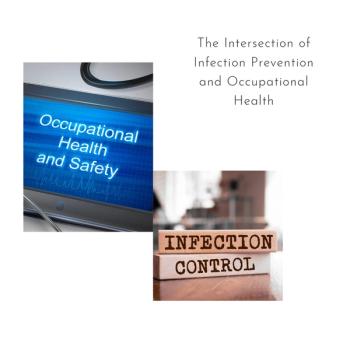
Detailing Influenza's Structure for Drug Targeting
Beating the flu is already tough, but it has become even harder in recent years the influenza A virus has mutated so that two antiviral drugs don't slow it down anymore.
Reporting their findings in the journal Science, researchers from Florida State and Brigham Young move closer to understanding why not, and how future treatments can defeat the nasty bug no matter how it changes.
The two drugs, amantadine and rimantadine, are no longer recommended by the CDC for use against flu. They used to work by blocking a hole in the influenza A virus called the "M2 channel," which plays a key role in the virus's ability to reproduce. When the channel changed ever so slightly at the atomic level, the virus became resistant to the drugs.
The research team used a 16-ton magnet to give the virus what amounts to an MRI, and they determined the tiniest, heretofore unknown details of the structure of this channel. The next step is to find a new way to block it.
"This work is laying a foundation to understand how that mutation does its damage and then of course how we can respond with a new bullet," said David Busath, a biophysicist at BYU and co-author of the paper. "Now we've got a fine enough resolution on the target we can start shooting at it, so to speak."
All versions of the flu virus have an M2 channel, so that makes it an attractive potential "Achilles' heel" drugs can aim for.
Another appeal of the channel as a drug target is that there are only a limited number of ways it could mutate in the future and continue to function. So it's possible that blockers could be identified in advance to defeat the virus no matter how it changes.
Because the channel's parts are so minute they cannot be seen with even an electron microscope, the researchers rely on a 15-foot-tall battery of electromagnets super-cooled by liquid nitrogen, supervised by Timothy A. Cross, a Florida State scientist and senior author of the paper.
The magnet allows the team to use a technique called solid-state nuclear magnetic resonance which utilizes some of the underlying technology of an MRI to map the structure of the channel. Florida State's Huan-Xiang Zhou and his students used the data from the NMR to compute precise readings of the distance between two molecules or atoms.
"Now we have a much more refined view of M2, all the way down to the atomic level, the level that includes protons going through the channel, to draw conclusions about how to block it," said Busath.
Busath runs tests to ensure that the samples being studied behave in the same way as viruses in real cells, which demonstrate that the experimental conditions have preserved the study's relevance to the real world.
This new study is more precise than previous work because it examines the virus in an environment that closely simulates its native setting. This is particularly important because its structure can change significantly based on its surroundings.
Now the research team has started screening millions of compounds, looking for drugs that will bind to the channel and block it in its reproductive role.
Busath and Cross' work on this project has been funded by a 10-year, multimillion dollar grant from the National Institutes of Health.
The lead author on the paper is FSU's Mukesh Sharma. Additional coauthors include FSU's Myunggi Yi, Hao Dong, Huajun Qin and BYU's Emily Peterson.
Newsletter
Stay prepared and protected with Infection Control Today's newsletter, delivering essential updates, best practices, and expert insights for infection preventionists.






